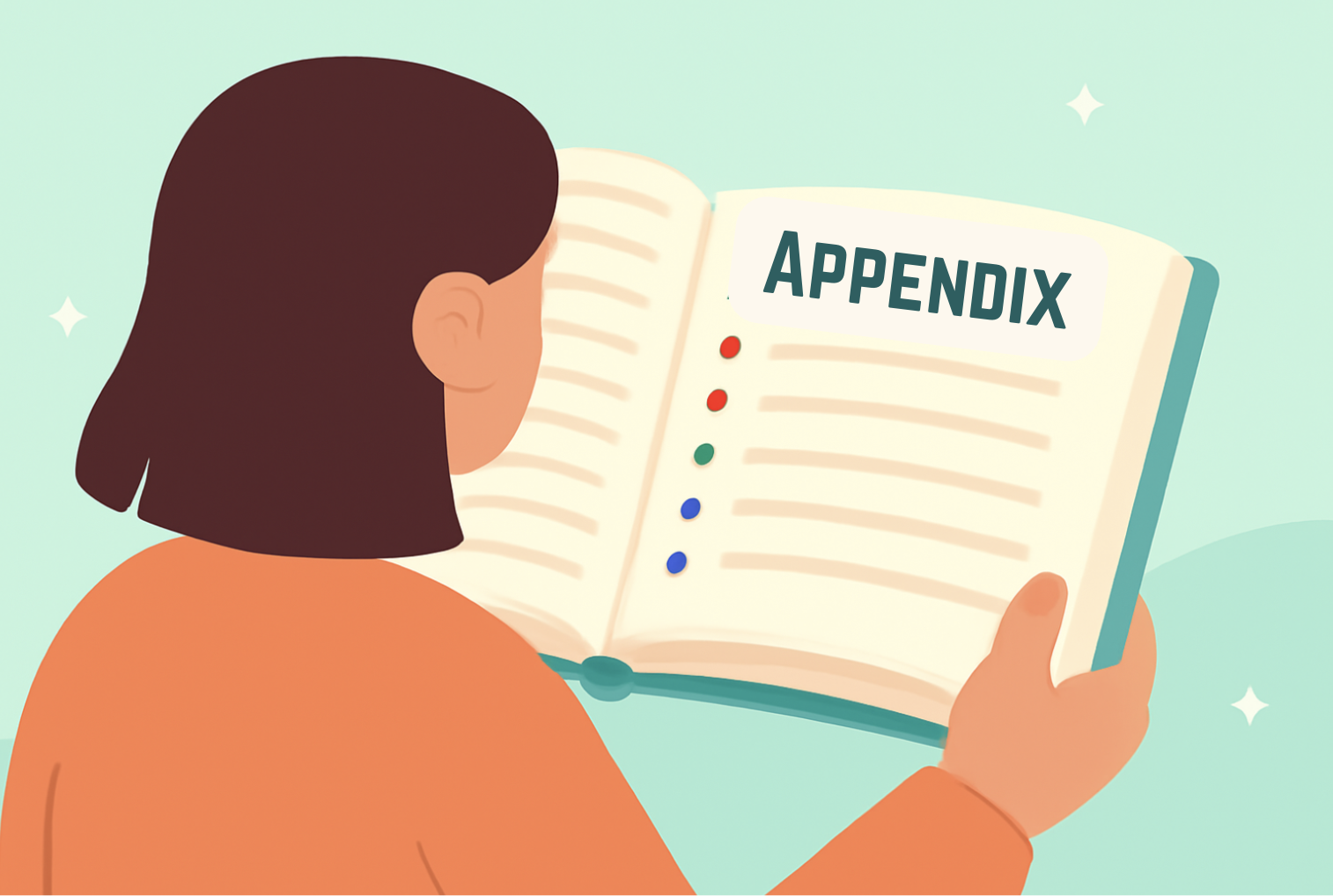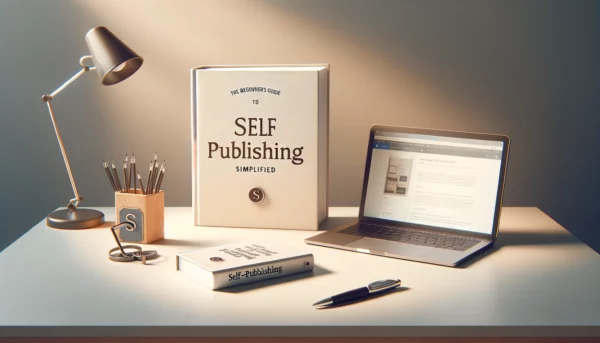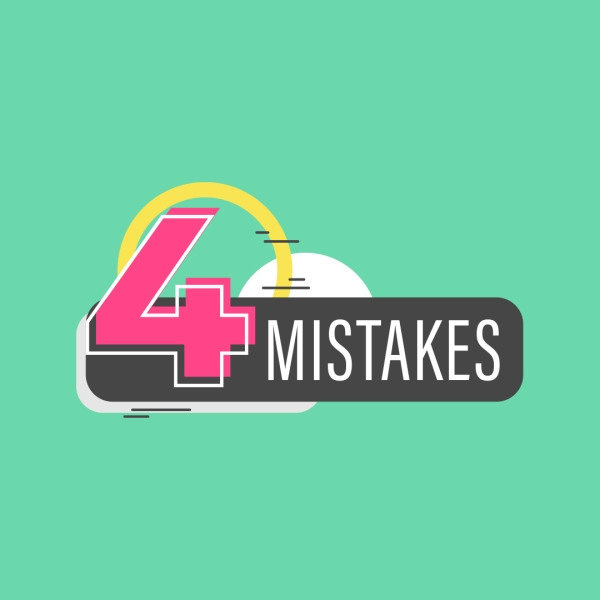When was the last time you read the appendix of a book? You’re not alone if your answer is somewhere between “never” and “wait, books have those?”. Tucked quietly near the back of a book like an introvert at a loud party, the appendix is often overlooked, but it’s more valuable than it lets on.
The appendix of a book isn’t just literary leftovers. It’s a powerful tool authors use to provide extra information without cluttering the main narrative. Think of it as the book’s backstage pass: packed with behind-the-scenes content, detailed references, and juicy bits that didn’t quite fit center stage.
In this article, we’ll explore exactly what the appendix of a book is, what it contains, where it’s located, and why it’s worth your attention. Whether you’re a casual reader, student, or aspiring author, understanding the role of the appendix can give you a whole new appreciation for this often-ignored section.
What Exactly Is the Appendix of a Book?
No, we’re not talking about the organ your doctor warns you about; this appendix lives in books and causes no medical emergencies whatsoever.
In publishing, the appendix is a special section after the main chapters. It’s a home for extra material that supports the content without interrupting the narrative. This might include deep-dive analyses, detailed references, full transcripts, background documents, or specialized data.
While tools like glossaries and indexes are structured and specific, the appendix plays by looser rules. It’s a versatile space where authors can include helpful, enriching content that doesn’t quite fit in the main body of the work.
In fiction, it might serve up rich world-building elements like family trees, invented alphabets, or epic timelines. In nonfiction, it often houses research materials, raw statistics, or longer excerpts that would otherwise sidetrack the reader.
Think of it as a bonus room in a house, maybe not part of the everyday living space, but a great place to store the good stuff.
What Does the Appendix of a Book Contain?
While the main chapters carry the story or argument, the appendix acts as a treasure chest of supporting material ideal for readers who want to dig a little deeper.
What you’ll find in an appendix varies widely based on the type of book, but the goal is the same: to provide valuable content that enhances the core material without crowding the main text.
📘 In Nonfiction Books:
Authors often use the appendix to include:
- Raw data sets from experiments or research
- Survey results or interview transcripts
- Detailed technical information or formulas
- Legal documents or public records
- Expanded references or full bibliographies
- Historical timelines or contextual background
📖 In Fiction Books:
The appendix becomes a bonus space for world-building extras, such as:
- Character bios or family trees
- Invented languages or scripts
- Maps of fictional lands or battle strategies
- Chronologies that lay out the history of the story’s universe
Though not essential to the main narrative, this content adds richness, context, and authenticity, especially appreciated by curious readers and superfans. Whether you’re skimming for fun or studying for depth, the appendix offers that satisfying “extra” most books don’t have.
Where Is the Appendix in a Book Located?
If you’re flipping through a book looking for the appendix, head toward the back. That’s where you’ll usually find it quietly sitting after the main content, ready for the curious reader.
Standard Placement:
- After the final chapter or conclusion
- Before or after the index, glossary, or bibliography (if included)
While placement can vary slightly depending on the publisher’s formatting style, the appendix is rarely found at the front of a book. Its job is to provide added information without disrupting the flow of the primary text, which is why it’s tucked neatly at the end.
Why Is It Placed at the Back?
The appendix is intended as supplementary material, valuable but not essential to the main flow of the book. That’s why it’s typically positioned at the end. Much like bonus features after a movie, it offers extra depth for readers who are interested, without interrupting the primary content.
So, is the appendix in the front or the back of a book?
Almost always at the back, exactly where readers can access it without distraction.
Why Bother? The Purpose of an Appendix
If the appendix isn’t part of the main story or argument, why include it at all? Because sometimes, what doesn’t belong in the spotlight still deserves a seat in the room.
So, what is the purpose of an appendix in a book? It’s to enhance the reader’s understanding by offering depth, context, or clarity, without weighing down the main text. The appendix acts as a supporting pillar, giving readers access to the author’s full groundwork, whether that means raw data, background research, or additional explanations
Why Authors Use Appendices:
- To maintain flow: Keep the main narrative clean while still including complex details.
- To provide transparency: Share full sources, methods, or data behind claims.
- To enrich world-building: Offer extra lore or background in fiction without overloading the story.
- To help researchers or students, make reference materials available for deeper study.
In short, the appendix is a practical tool that is subtle but powerful. It respects the reader’s time while rewarding those who want to explore further.
Real-World Examples of Powerful Appendices
Still wondering if the appendix makes a difference? Some of the most respected books across genres use it to great effect, offering readers a richer, more complete experience.
In Nonfiction:
- “The 9/11 Commission Report“ includes an extensive appendix filled with timelines, organizational charts, and source documents that give deeper insight into its findings.
- “Freakonomics” by Steven D. Levitt and Stephen J. Dubner uses appendices to explain data sets and methodologies, helping readers understand the analytical backbone behind the book’s surprising conclusions.
- Academic textbooks frequently feature appendices for mathematical proofs, expanded case studies, or additional readings that support the core material.
In Fiction:
- “The Lord of the Rings” by J.R.R. Tolkien offers a legendary example: its appendix contains family trees, Elvish language guides, and a detailed chronology of Middle-earth.
- “A Game of Thrones” by George R.R. Martin includes a character glossary and house guide, which functions much like an appendix, helping readers keep track of the sprawling cast and political alliances.
These examples show how the appendix isn’t just filler, it’s a curated space for value-added content that serves curious readers, researchers, and fans alike.
Conclusion, Don’t Skip the Appendix
While it may not be the most glamorous part of a book, the appendix plays a valuable supporting role. It’s where authors provide depth, detail, and transparency without crowding the main text. Whether you’re exploring a fictional world or unpacking a dense research topic, the appendix offers that “extra” something that turns a good read into a richer experience.
So next time you finish a book, don’t close the cover just yet. Flip to the back and take a look; you might find insights, resources, or stories that make the entire journey even more rewarding.
FAQs – What is the Appendix of a Book?
Q1: What is the appendix of a book?
The appendix is a section at the end of a book that contains supplementary information supporting the main text. It may include charts, documents, raw data, transcripts, or background material that provides context without interrupting the main narrative. While not essential to understanding the book, it enriches the reading experience for those who want to dive deeper.
Q2: . What does an appendix contain?
An appendix can hold a wide variety of content depending on the book’s subject and purpose. Common items include:
Data tables and survey results
Legal documents or transcripts
Maps or illustrations
Glossaries specific to the book
Technical notes or background research
Fictional lore (in novels)
These elements provide depth, evidence, or explanation that support but don’t belong in the main body of the book.
Q3: Where is the appendix of a book located?
The appendix is typically located at the end of a book, after the final chapter and often after the index or bibliography. Its placement ensures that the main narrative or argument flows without interruption, while still making additional information available to interested readers.
Q4: What is the purpose of an appendix?
The purpose of an appendix is to:
Avoid cluttering the main text with technical or detailed content
Provide additional information for reference
Support claims with original data or evidence
Offer readers the option to explore deeper without overwhelming the general audience
It serves both clarity and completeness, especially in academic or nonfiction works.
Q5: Does every book need an appendix?
No, not every book requires an appendix. It’s an optional section used when additional information supports or enhances the main content. Many fiction books, for example, don’t include one unless they have complex worlds or lore to expand on. In nonfiction or academic writing, however, appendices are more common and often expected to support research or provide reference material
Q6: Can a book have multiple appendices?
Yes, a book can include more than one appendix. In such cases, they are usually labeled Appendix A, Appendix B, and so on. This is especially common in academic, scientific, or technical works where different sets of supplementary material are provided.
Q7: How should you format an appendix?
An appendix should:
Begin on a new page
Be clearly labeled (e.g., Appendix A)
Include a title that describes its content
Be organized logically with any tables, figures, or charts clearly labeled
Be referenced in the main text if necessary
While formatting guidelines may vary by publisher or style guide, clarity and consistency are key.
Q8: What’s the difference between an appendix and an index?
An appendix contains additional material that expands on the book’s content, such as charts, documents, or extended examples. An index, on the other hand, is a list of keywords and topics found throughout the book, usually placed in alphabetical order with page references. The index helps readers locate specific content, whereas the appendix provides further information.








